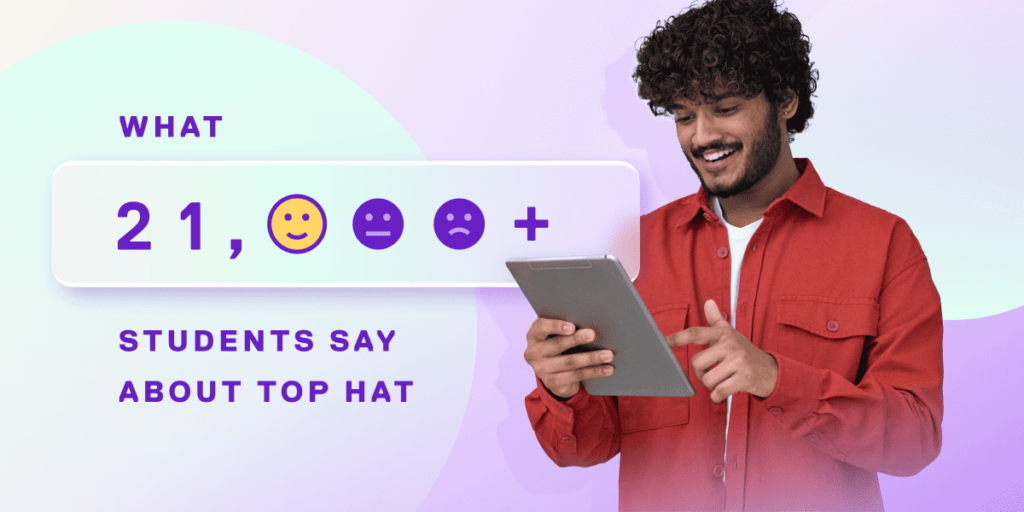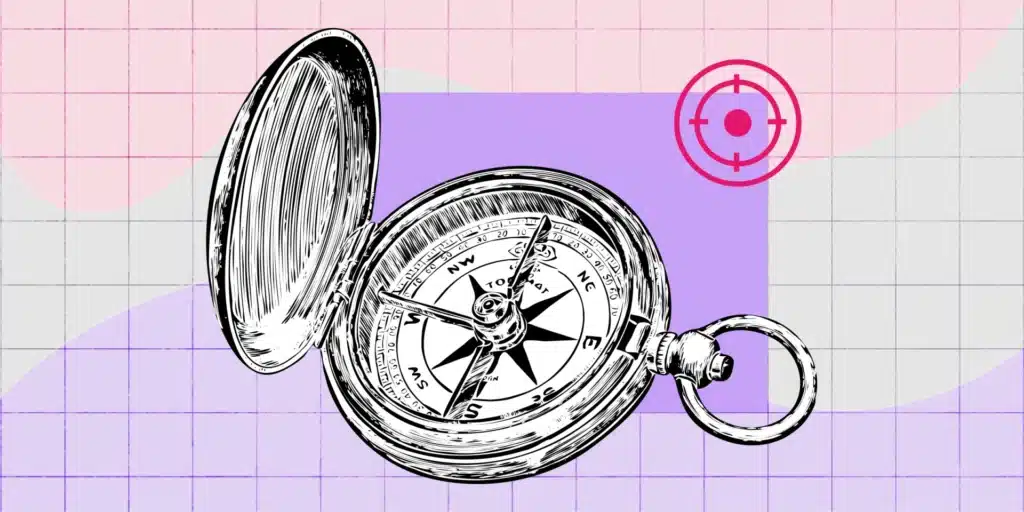Where is higher education going in 2020? The landscape is constantly changing, so every year we forecast major technology trends to help professors answer modern educational challenges and create better learning environments for their students.
If you’re on the fence about technology in the classroom, this summary will show you the overall shifts in how students and instructors will be connecting through technology in the years to come. All of these trends reflect the prioritization of student success in higher education and the growing realization that institutions need to help faculty cultivate a culture of excellence surrounding technology in teaching.
Customized learning experiences
As many institutions struggle with falling enrollments, more pressure is on educators to aid institutional retention strategies and help students succeed. Experts who track enrollment trends are predicting a sharp drop off in enrollment by 2025. So how can instructors provide a learning environment that resonates with dozens, if not hundreds, of students, each with their own learning style?
The answer could come through personalized, student-centered learning. Positive outcomes for online learning are well documented, so faculty need to acknowledge that certain functions are better served by online components than solely face-to-face approaches. For instance, online activities and quizzes increase class time and save instructors valuable time grading assessments, while labs and student presentations are activities that rely more on face-to-face interactions.
In order to effectively personalize the content and pacing of a course, technology will be an important supplement to help educators engage in blended and online learning. Personalized learning pedagogy puts the student voice at the center of the learning process and makes it easier for students to learn in the way most appropriate to them. Whether it be through collaborative activities, interactive games, or video assignments, teaching platforms like Top Hat can help broaden the possibilities for instructors and students.
Changing faculty roles
As more technology is introduced into classrooms, professors will have to take on the role of learner just like their students. Technology is increasingly being seen as a positive tool that can be harnessed to improve learning. The next step is for institutions to support faculty skillsets when it comes to engaging students with the devices they already own through professional development and training.
In an effort to promote professional development for faculty on effectively incorporating technology in the classroom, Top Hat offers a certification program for instructors who want to take their teaching game to the next level. The program offers users the skills to make the most of Top Hat’s core features and the tools necessary to meet a variety of learning objectives inside and outside the classroom.
In a recent Google report on education trends, 88 percent of instructors said they believe edtech enables pedagogical innovation and improves educational quality. As instructors are increasingly being seen as agents of change, edtech can help relieve some of this new pressure by streamlining administrative tasks.
Building empathy in the classroom
More than ever before, instructors are taking advantage of education technology to make their courses more inclusive. Research shows that 19 percent of undergraduate students enrolled in colleges and universities have a disability.
However, many students who are eligible for accommodations due to a disability choose not to disclose their needs for a variety of reasons. This is why it’s important to increase faculty awareness of how universal design for learning can benefit all students, from the front row to the back.
Technologies such as Top Hat are generally accessible for students with disabilities and can make activities and classroom resources more accessible. Faculty can also preemptively seek out support services at their institutions for guidance around which universal design principles can have positive effects for all students.
Accessibility also extends to how we think about learning in a geographic sense. Not everyone is lucky enough to live near a major city or near their college. Edtech is making it easier for students in rural and remote areas to expand their learning spaces and engage with course content while commuting and at home.
Diverse content delivery
Gen Z has never known a time without smartphones, yet faculty continue to ban mobile devices in college and university classrooms. These bans are counterproductive as they likely decrease student engagement and disproportionately affect minority students and students with disabilities.
In 2019, faculty reported that receiving training on integrating electronic devices as learning tools would make them more effective instructors. The best way to end the debate around mobile devices in the classroom is by having consistent expectations of professors to integrate technology in a way that enhances student learning.
Concerns are also growing around how college curriculums will help prepare students for adult life. To provide a more holistic education, course content has to be more relevant and meaningful to students’ personal and professional goals. Learning shouldn’t be limited to memorizing and repeating information. Instructors need to invest in more multimedia and interactive, up-to-date course material that lets students apply their knowledge in real-world settings.
Boosting student outcomes with data
The use of data to understand and drive student outcomes has significantly increased and will become a major part of ensuring students are getting the most out of their education in 2020.
This evidence-based approach increases instructor awareness of student progress by collecting data at numerous touch points throughout a course.
Polling and student response tools are two examples of ed tech that collect and display data in real-time. This mode of instructional design is extremely useful and provides instructors with rich data on what forms of personalized learning are working (or not working) for their students. This also helps students self-assess how their understanding relates to that of their classmates.
Platforms like Top Hat enable instructors to see patterns in student behavior that raise red flags, like when students aren’t showing up to class or grasping key concepts. Using these insights, instructors can step in to provide timely intervention and support when it’s still relevant to their students. Given that declining student enrollment continues to contribute to the closure of colleges and campuses across the U.S., the ability to identify students who are at risk and may need additional support in the classroom is especially important.


